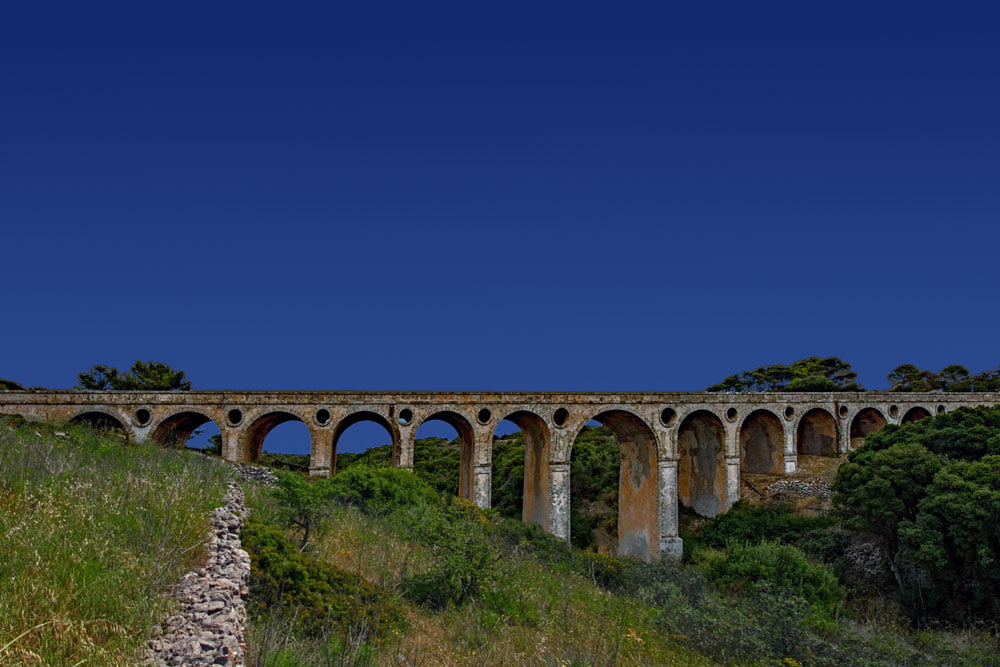Greece is a country that literally has the widest range of history. From prehistoric times to our days, periods and events leave their imprints with historical monuments reminding us of the historical periods of our Country.
From prehistoric settlements, to the archaic times, to the classical period, continuing to the Byzantine times, reaching to our days, important archaeological treasures have been discovered to this day.
Many of these monuments which are preserved to this day were built for various reasons, for geostrategic reasons for defense reasons, for political reasons, for economic reasons, but the great stone bridge in Katuni in the Lower Meadow of Kythera, was built for a different reason, for the love of two young people.
According to local legend, the bridge in Katuni, which is considered to be one of the largest stone bridges in Greece, was built in 1826 by the English commissioner McPhail, because he had fallen in love with a young girl who lived in the opposite settlement in Katuni. So this was the reason for building the bridge so that it would be a shorter route for him to visit her there.
In fact, this ambitious project was part of the planning that the English had done, including the building and marking of new roads, as well as schools that are maintained to this day, aqueducts, a harbor and lighthouses. The specific Katouni bridge was part of the road axis that would connect the capital Chora with the port of Avlemonas, and is considered the greatest technological achievement of the English in Kythira.
Considered one of the largest stone bridges in Greece, it is 110 m long, 6 m wide, and 15 m high. The gerphyri in Katouni rests on 13 arches in perfect symmetry with each other, contains 12 cylindrical windows, and was carried out based on the plans of English commissioner, engineer Macphail.




